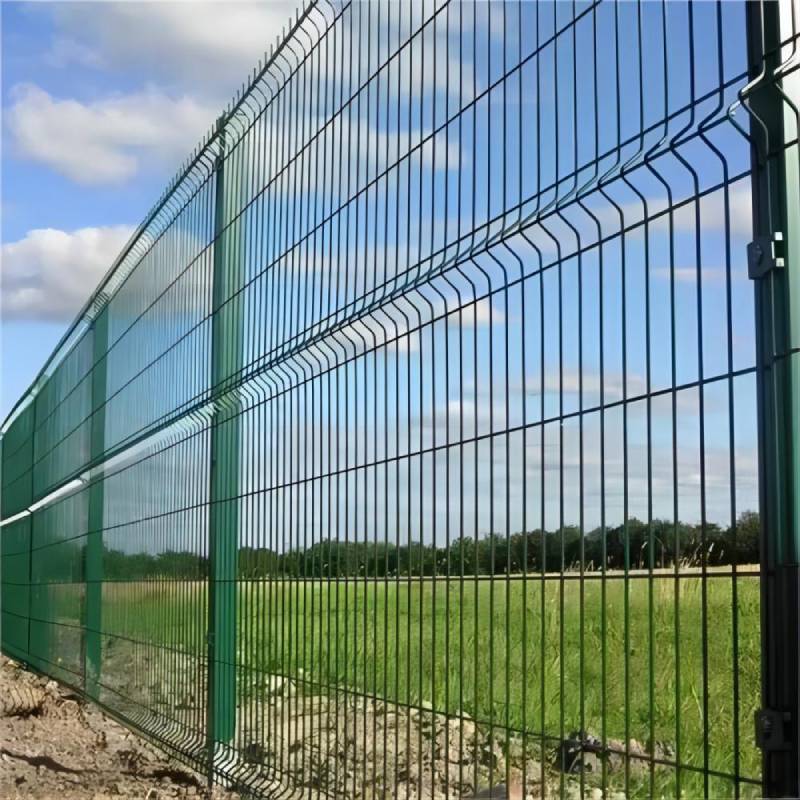nails for wood flooring
Nails for Wood Flooring The Essential Guide
When it comes to installing wood flooring, the choice of fasteners is critical for ensuring both the durability and aesthetics of your flooring project. Among the various options available, nails have long been a preferred choice for their strength and reliability. In this article, we will explore the types of nails suitable for wood flooring, their applications, and key considerations to keep in mind during installation.
Types of Nails
1. Casing Nails Casing nails are commonly used in wood flooring applications. They feature a thin shank and a wide head, which helps to prevent the nail from pulling through the material. Their design allows for effective holding power without causing significant damage to the surrounding wood. Moreover, casing nails can be used for both nailing down and face nailing, depending on the installation technique.
2. Finish Nails Finish nails, while smaller in size, are often employed in detail work related to wood flooring. They offer a sleek appearance and can be driven into the wood with minimal visibility. This makes them ideal for securing trim or transitioning pieces without compromising the overall look of the floor.
3. Cleat Nails Primarily used in nail-down installations, cleat nails have a unique serrated edge that provides a strong hold in the hardwood. They are driven at an angle into the tongue of the flooring boards, allowing for secure fastening. Cleat nails help minimize movement in the wood, which is crucial for maintaining integrity as the flooring acclimates to the room's environment.
4. Staples While not traditional nails, staples are commonly used in flooring installations where engineered wood products are involved. They provide excellent holding power and are particularly effective for fastening underlayment and certain types of floorboards.
5. Spikes Larger spikes may be used in some hardwood flooring applications, especially in nail-down installations for thicker or more robust boards. They are also useful in high-traffic areas where added strength is necessary to prevent movement.
Nail Size and Material
nails for wood flooring

Selecting the appropriate nail size and material is vital for the success of your wood flooring project. The length of the nail should be sufficient to penetrate both the flooring board and the subfloor, typically ranging from 1.5 to 2.5 inches. Thicker flooring boards may need longer nails to ensure a secure fit.
The material of the nails is another important consideration. Steel nails are strong but may rust if they are not coated properly. Galvanized or stainless steel nails are recommended for areas prone to moisture, as they resist corrosion and prolong the life of the installation.
Installation Techniques
Proper installation techniques are necessary to maximize the effectiveness of nails in wood flooring. Here are some key points to consider
- Nail Spacing When installing wood flooring, it is essential to maintain proper nail spacing. Nails should be placed approximately 6 to 8 inches apart along the edges and every 12 inches along the field of the board. This spacing ensures the floor remains stable and minimizes the risk of buckling.
- Angle of Nailing For cleats and casing nails, driving them at a slight angle into the tongue of the flooring promotes better holding power. This technique allows the nail to grip the wood more securely and reduces the chances of the floorboards moving over time.
- Blind Nailing vs. Face Nailing Blind nailing involves driving the nails at an angle through the tongue of the board, hiding the fasteners for a cleaner look. Face nailing, in contrast, secures the boards directly through their surface, which is often emphasized for aesthetic purposes. Choosing between these methods depends on the flooring style and the desired finish.
Conclusion
Choosing the right nails for wood flooring is crucial to the success of your flooring installation. With a variety of options available—ranging from casing nails to cleat nails—understanding their applications, sizes, and installation techniques can lead to a beautiful and long-lasting floor. Whether you're a seasoned DIY enthusiast or a professional installer, paying attention to the details of nail selection and installation will ensure your wood flooring not only looks great but stands the test of time. Prioritizing quality materials and proper techniques will make all the difference in achieving a successful project.
-
Successful Participation at the 137th Canton Fair in April 2025NewsApr.20,2025
-
Successful Participation at the 2025 NAHB International Builders' Show (IBS) in Las VegasNewsFeb.28,2025
-
Successful Participation at the 2025 Philippine World Building and Construction Exposition (WorldBex) in ManilaNewsMar.20,2024
-
Successful Participation at the 2024 Canton FairsNewsOct.20,2024
-
Successful Participation at the 2024 Canton FairNewsApr.20,2024
-
Successful Participation at the 2024 Philippine World Building and Construction Exposition in ManilaNewsMar.20,2024




